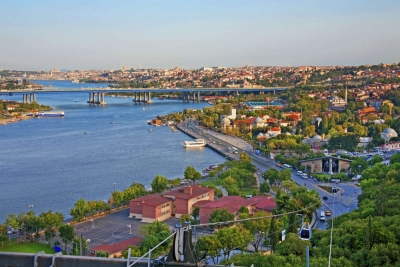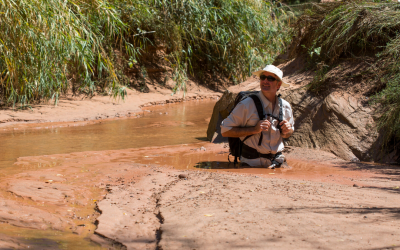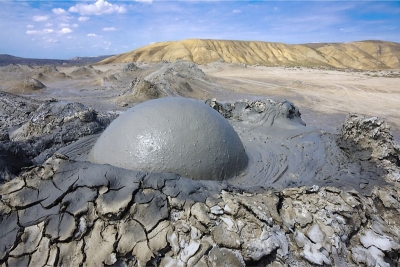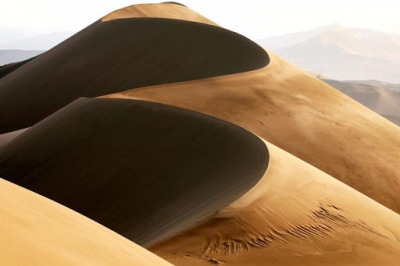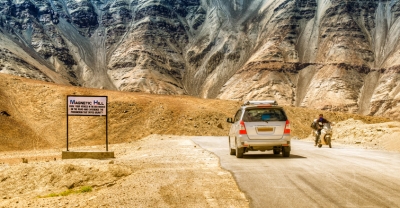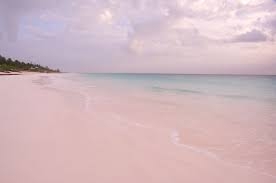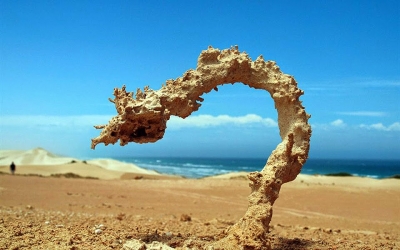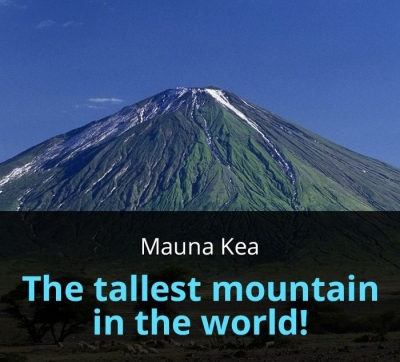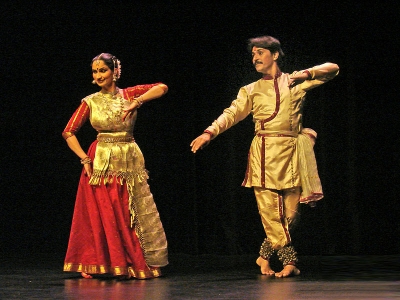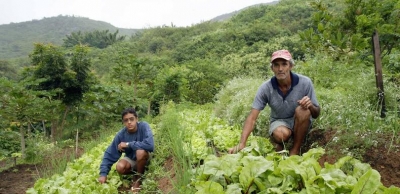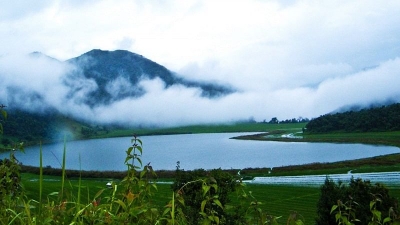
Mizoram, located in the northeastern part of India, is bounded by Myanmar (Burma) to the east and south and Bangladesh to the west and by the Indian States of Tripura to the northwest, Assam to the north, and Manipur to the northeast. The capital of Mizoram is Aizawl, situated in the north-central part of the State. Mizoram "the Land of the Mizos" was known as the Lushai Hills District of Assam before it was renamed Mizo Hills District in 1954.
In 1972, it became a centrally administered union territory under the name of Mizoram. On 20 February 1987, Mizoram became the 23 State of India, sharing its borders with all the seven sister States.
Land
Geologically, the Mizo Hills form part of the Rakhine (Arakan) Mountains, a series of compact parallel ridges with a north-south axis formed of sandstone, limestone, and shale all Cenozoic rocks. The ridges, separated narrow river valleys, rise to about 7,000 feet. In the south, the Kaladan River and its tributaries flow southward into Myanmar, while the Dhaleswari (Tlawng) and Sonai (Tuirail) rivers flow north into Assam.
More than three-fourths of the land area of Mizoram is forested. Thick evergreen forests contain valuable timber trees such as champak (Micheliachampaca), ironwood and gurjun (genus Dipterocarpus). The woodlands also provide habitat for many animals, including elephants, tigers, bears, deer, monkeys, gibbons, and serows.
People
Mizoram is one of the most sparsely populated States of India. The population density decreases from north to south, owing to a southward increase in humidity and temperature that renders the area less, desirable for habitation. Aizawl is the State's only major city; large towns include Lunglei, in the eastern part of the state, and Champhai, in the south central region.
The people of Mizoram consist almost entirely of Scheduled Tribes (an official category embracing indigenous groups that fall outside the predominant Indian social hierarchy). Most of the Mizos are Tibeto-Burman, speaking Mizo or a closely related Tibeto-Burman language. However, the Chakmas speak an Indo-Aryan language. Mizo and English are the official languages. Having no script of its own, they use the Roman alphabet.
The Five Major Mizo Tribes
Lushai is the tribe under the Kuki-chin group. Lushai's are known as Mizos. Racially they are of Mongolian origin. They have a similar culture as Mizos.
The Ralte tribe is found scattered in the Lushai villages to the north of Aizawl. About 200 years ago the Raltes lived mostly near Champhai. Mangkhaia was an important Ralte chief there. He was killed in course of events following his clash with a Lushai chief.
The Hmars are part of the Chin-Kuki-Mizo group. The Hmars still treasure and garner their traditional arts, including folk dance, folk songs, handicrafts, etc., representing scenes of adventure, battle, love, victory, and other experiences throughout history.
The Pawi Tribe resides in the south and south-eastern part of Mizoram. They have migrated from the Chin Hills of Burma. The Pawi call themselves Lai. This is commonly known as Chins in the Chin Hills district of Burma. At home the Pawis speak the Lai language and they speak the Mizo (Dulian) language in Schools and with the other tribals.
Christian missionaries began to work in the Mizo Hills area in the late 19th century. Consequently, the great majority of the population is Christian, predominantly Protestants. Buddhists form the largest religious minority group in Mizoram, followed by Hindus and Muslims and tiny groups of Sikhs and Jains.
Agriculture
Agriculture is the dominant economic activity of Mizoram, engaging more than two-thirds of the workforce in the State. Two types of agriculture are practised: terrace cultivation, in which crops are planted on relatively permanent, terraces on the sides of hills and mountains to conserve water and reduce soil loss; and shifting agriculture, in which tracts called jhum are cleared by burning, cultivated for a limited period of time, and then abandaund for a number of years.
Transportation
The State is traversed by two national highways, and major roads serve most of the larger towns. Regular bus routes operate across the State, and some also provide interstate services. A small airport provides flights from Aizawl to neighbouring States. There are no railways in Mizoram.
Education
Institutionalized education in Mizoram is attributed to Christian missionaries, who established the first schools in the State in the early 20th century. Mizoram has now over 2,000 primary, middle, and secondary schools, and its literacy rate is among the highest in India.
In 2000, Mizoram University was established in Tahnril, near Aizawl. It replaced a branch of the North Eastern Hill University (based in Meghalaya), which until then was the principal University in the State. Other institutions of higher learning include the Aizawl Theological College (1907) and Hrangbana College (1980), both in Aizawl
Dances of Mizoram
Mizoram has one of the most captivating dance forms as the Mizos love to indulge in dances, making their lives as cheerful and vibrant as possible. Most of the dances are performed during the festival season.
Cheraw is one of the oldest and the most popular dance forms of Mizoram, using long bamboo staves. It is also known as the Bamboo Dance. Men sit face to face on the ground holding the bamboo sticks. They then tap pairs of horizontal and cross bamboo staves open and close in rhythmic beats. The main instruments are gongs and drums.
Khuallam is the dance of the guests. Guests are invited from other villages, and are asked to perform. No songs are sung during the dance. The traditional hand woven Mizo cloth is used, which is wrapped around the shoulder, and is swayed while performing the dance.
Chailam is performed during the Chapar Kut Festval. It is done by men and women standing in a circle. Men hold on the shoulder of women while women hold the waist of men. Musicians remain within the circle. And play the drum and Mithun's horn.
Sariamkai is the traditional, and one of the oldest dance forms of Mizoram. It is performed as part of the celebrations after winning a battle. Men and women stand in their places while the hero stands holding his shield and the sword, swinging them to the tune of gong beats.
Festivals in Mizoram
Music and dance are important elements in Mizo cultural life, with many festivities associated with the Christian holidays. Other celebrations, however, are centred on significant phases of the agricultural cycle. The authenticity of the festivals of Mizoram stems from the fact that the Mizo's have not forgotten their roots and their culture. Till date, the Mizos are known to be one of the most culturally oriented and traditionally driven.
Chapchar Kut Festival: This is one of the major festivals in Mizoram. This vibrant and colourful festival is very special as it signifies the coming of spring season. In 1973, the Mizoram government recognized it as a State Festival, to be celebrated by all irrespective of the ethnic groups. The spring season marks also the onset of cultivation season. Chapchar Kut is the harvest festival of Mizoram.
Mim Kut Festival: This is another important harvest festival of Mizoram. It is dedicated to the loved ones and the departed souls. The importance of the Mim Kut Festival is directly related to the Chapchar festival. The crops that were sowed during the Chapchar festival are harvested during this festival. The Mizos take the first produce from the harvest and present it to the departed souls who are believed to be visiting the homes during the festival. Other than the products from the harvest, they also keep favourite articles like clothes, ornaments and other objects dear to them. Mim Kut is celebrated in all the Mizo households with equal importance.
Pawl Kut Festival: It is yet another major harvest festival that happens annually. The festival was first recorded in the 15th century. Mizoram once faced a severe drought which lasted for three years. People prayed to the rain. gods to send them rain, and the rain gods showered their blessings by sending them good rain. As a mark of gratitude, they decided to dedicate their first produce to the rain god. Since then, the festival is always celebrated at the end of autumn and starting of spring.
Lesser-known facts about Mizoram
The scenic beauty and cultural richness is what defines Mizoram best. It is the land of hills and valleys inhabited by many age-old tribal groups with different cultural significance, thereby making Mizoram a unique State of the country. It is the perfect place to visit if you are fond of hills and are keen to know the historical places. Mizoram is where nature is at her best.
Tourists travelling to Mizoram need an inner line permit. For travelling to Mizoram, you need to take an inner line permit without which no one will be allowed, inside the State. This is to stop the entry of undesirable visitors who can cause harm to the people and surroundings. Domestic tourists can get it from the Lengpui airport or from the Liaison Officer of Mizoram in Kolkata, Silchar, Guwahati, Shillong, and Delhi.
Mizoram is the ideal destination for bird watchers and wildlife photographers. The wildlife here will never fail to amaze wildlife photographers. It is also the ideal destination for bird watchers. One can find Mrs. Hume's Pheasant there. It is a rare bird and one will be lucky if one can get to see it. It is named after the wife of British naturalist Allan Octavian Hume, and is the State Bird of Mizoram and Manipur.
The major part of Mizoram is covered by forest. Among all the States of India, Mizoram has the highest amount of space covered by forests. Almost 90.68% of the area of the State is covered by forests. Mizoram is the third-highest forest cover in India with 1594000 hectares.
Mizoram is the second most literate State in India. Mizoram's literacy rate was recorded as 92% in the last census, which is more than the literacy rate of India (74%). Even though 60% of the population depends on farming, people do not compromise with their education.
The Tropic of Cancer passes through Mizoram. The Tropic of Cancer passes through Aizawl, which makes it geographically very significant.
Mizoram has 21 mountain peaks. A total of 21 peaks of different ranges crisscross Mizoram. One of the most famous ranges is the Blue Mountain or Phwangpui Tland. It is a protected area under Phawngpui National Park.
Weaving works of Mizoram are unique. The textile industry and special weaving work of Mizoram is one of the unique aspects of the State. The weaving skills and the designs made of the shawls and local outfits are vibrant and intricate, and a huge variety is seen in the needlework and designing.
Caves of Mizoram are of great historical significance. There are innumerable caves found in Mizoram like the Milu Puk, also called the Cave of Skulls, because a huge heap of human skeletons was found when the cave was discovered. These caves are manifested with interesting stories and are beautiful creations of nature.
Places of Tourist Interest
Solomon's Temple located in Aizawl district is a very important destination for those who practise Christianity.
Phawngpui Tlang (Blue Mountain) is one of the most important tourist destinations in Mizoram as it is the highest peak in the State.
Mizoram State Museum is a well-known tourist spot in Mizoram. The State Museum is a collection of artefacts and antiquities from the history of the land, and of the Mizo people.
Khwanglung Wildlife Sanctuary: If you are looking for places close to nature, the Khwanglung Wildlife Sanctuary would be a perfect destination for travellers who want to explore the wilderness of the northeast.
Vantawng Falls is the highest waterfall in Mizoram, standing at an altitude of 750 feet. It is one of the very important places to visit in Mizoram for experiencing the natural beauty around.
Rih Dil is a heart-shaped lake located at the border of Mizoram and Myanmar. It is a popular Mizo belief that this lake is a place where souls rest before they pass on to the life after.
Credit : C. Joseph (The Teenager Today)
Picture Credit : Google
